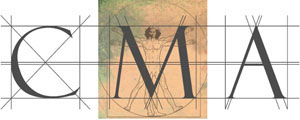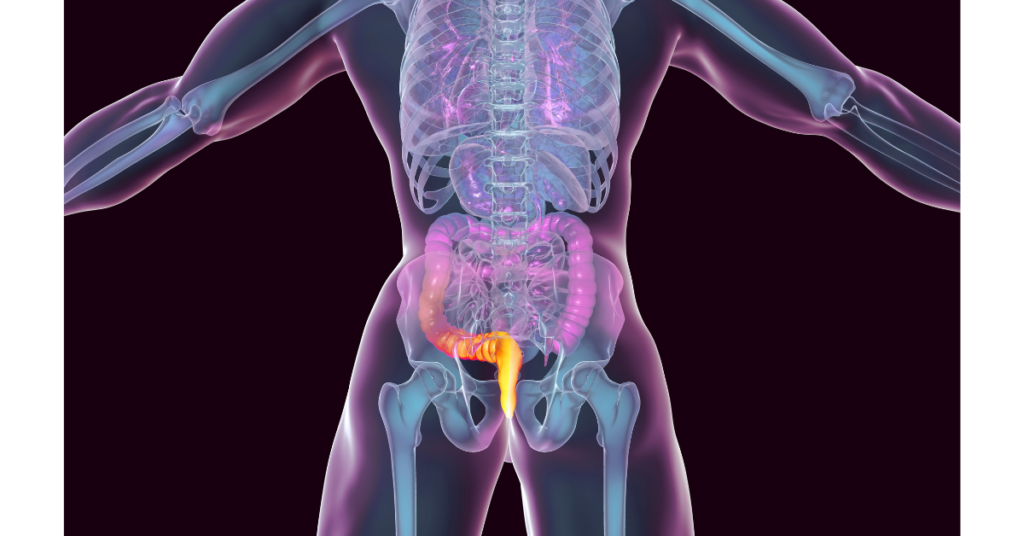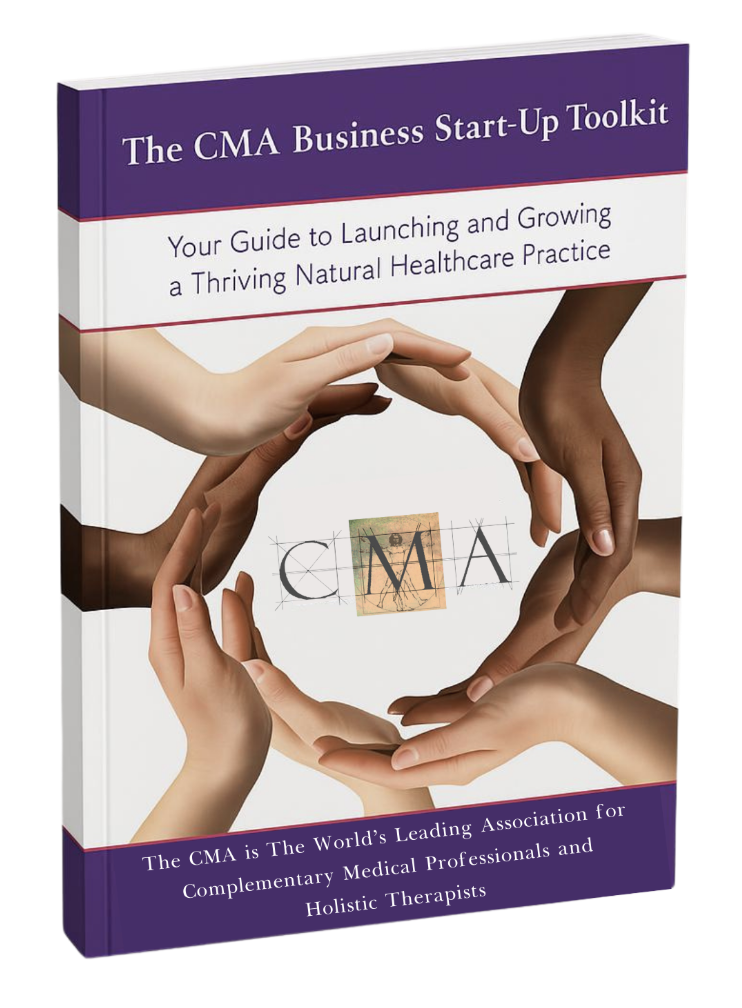What are Haemorrhoids?
Much like varicose veins, haemorrhoids, sometimes spelled hemorrhoids and also known as piles, are swollen veins around the anus and in the rectum, which can be either internal or external or both. They can be experienced by all genders and occur in those around middle age or older.
Symptoms
The veins itch and burn and can bleed too, although this is usually only very slightly.
Causes
Straining while trying to pass stools is the most common reason for developing piles, though there are other causes. Constipation (2), pregnancy, obesity, lack of exercise, liver damage and insufficient fibre in diet. Haemorrhoids are often linked with diarrhoea too (2).
Complementary Approach
Eat: A high fibre diet, as diet is the main consideration when it comes to treating haemorrhoids. Therefore, eat fresh fruit, vegetables, and wheat bran. The following foods are especially good; pears, peas, oat bran, lima beans, carrots, whole grains, beets, cabbage family, apples, and Brazil nuts. As dehydration can result in constipation, it is essential that you drink plenty of liquids, especially water. If you have piles that bleed, eat foods high in vitamin K, such as alfalfa and dark green leafy vegetables.
Don’t eat: Red meat, and avoid animal fats and animal products.
Nutritional Supplements
The following information does not constitute a prescription or recommended dose. Studies have been conducted using the dosages stated and are included for your information only. The nutrients mentioned here are often recommended by healthcare practitioners.
Vitamin E: Promotes normal blood clotting and healing. Take 600 IU daily
Vitamin C with Bioflavonoids: Aids in healing and normal blood clotting. Take 3,000-5,000 mg of vitamin C daily and 100 mg of bioflavonoids daily.
Magnesium: Taken to compliment calcium. Take 750 mg daily.
Herbs that may help this condition
Psyllium husks: Take 1-20 grams of powdered seeds in a big glass of water, daily. Psyllium is a bulk forming laxative, and when the husks come into contact with water, they swell into a gelatinous mass. This gelatinous mass keeps faeces soft and hydrated. Psyllium also helps with cases of diarrhoea, which can aggravate piles (3).
Witch hazel: Topical treatment using this herb acts as an astringent and should be applied 3-4 times a day in an ointment base.
Butchers Broom: For the treatment of haemorrhoids use ointments or suppositories that contain Butcher’s Broom. In Germany, the government has approved the use of Psyllium husks, Witch hazel and Butcher’s Broom in the treatment of piles (5).
Further Information
Follow the dietary advice, and you may well avoid constipation, which will cause or serve to aggravate the condition. Be careful when lifting heavy objects because straining can put pressure on the haemorrhoidal vessels.
After going the toilet, clean the area with warm water if piles are causing you pain. Some find a soak in a hot bath for 15 minutes helps but be sure to use only plain water.
Take up exercise as this will get the blood moving round the body. If you sit or stand for long periods of time make sure you change position regularly.
For more persistent episodes of haemorrhoids that do not respond to home treatments or cases where there is bleeding, make sure you consult a medically qualified doctor.
References
1. Johanson JF, Sonnenberg A. The prevalence of haemorrhoids and chronic constipation. Gastroenterol 1990;98:380-86.
2. Johanson JF, Sonnenberg A. Constipation is not a risk factor for hemorrhoids: A case-control study of potential etiological agents. Am J Gastroenterol 1994;89:1981-86.
3. Eherer AJ, Santa Ana CA, Porter J, Fordtran JS. Effect of psyllium, calcium polycarbophil, and wheat bran on secretory diarrhea induced by phenolphthalein. Gastroenterol 1993;104:1007-12.
4. Wichtl M. Herbal Drugs and Phytopharmaceuticals. Boca Raton, FL: CRC Press, 1994, 268-70.
5. Blumenthal M, Busse WR, Goldberg A, et al. (eds). The Complete German Commission E Monographs: Therapeutic Guide to Herbal Medicines. Austin: American Botanical Council and Boston: Integrative Medicine Communications, 1998, 428.


